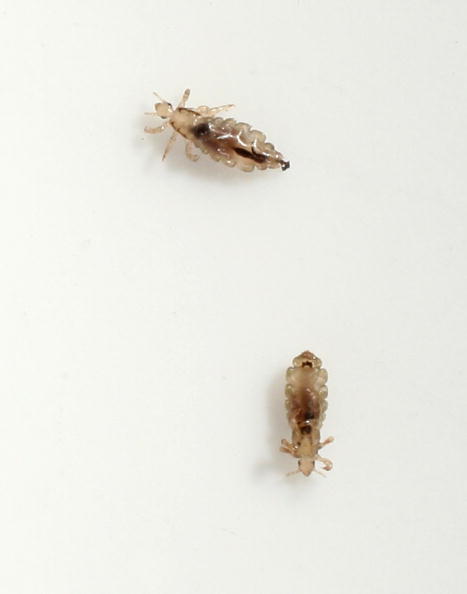
During the summer season, parents are always on the lookout for head lice on their kids. It may be particularly not harmful but they are definitely a nuisance. Commonly, parents can just buy over-the-counter remedies and the lice will go away. However, experts note that there is an increase in cases of head lice and a study affirms that they have mutated and might be resistant to present remedies.
According to a new study presented at the National Meeting and Exposition of the American Chemical Society on Tuesday, lice populations across 25 states have grown resistant to treatments that are still considered effective by physicians and schools, reports Market Watch.
"We are the first group to collect lice samples from a large number of populations across the U.S. What we found was that 104 out of the 109 lice populations we tested had high levels of gene mutations, which have been linked to resistance to pyrethroids," explained Kyong Yoon, Ph.D. from the Southern Illinois University, Edwardsville as reported by EurekAlert.
What are pyrethroids? There are medicines categorized as insecticides that are widely used to control mosquitoes and insects. It also contains permethrin which is the main ingredient in most lice treatment shampoos.
Yoon tested lice samples from across 30 states and discovered that 25 of the states tested positive for mutation and these lice are now resistant to permethrin. Hence, they do not show any vulnerability to most anti-lice treatments.
According to the Centers for Disease Control and Prevention, around 6 million to 12 million children between the ages of 3 and 11 are affected by head lice.
To treat resistant head lice, Yoon suggested, "If you use a chemical over and over, these little creatures will eventually develop resistance. So we have to think before we use a treatment. The good news is head lice don't carry disease. They're more a nuisance than anything else."
